China : Unmatched Growth and Demand Trends
China holds a commanding 3.5% market share in the APAC denim fabrics sector, driven by a burgeoning middle class and increasing fashion consciousness. The demand for denim is fueled by urbanization and a shift towards casual wear, supported by government initiatives promoting textile innovation. Infrastructure improvements, particularly in logistics and manufacturing, have further bolstered the industry, making it a key player in the global market.
India : Youthful Demographics Drive Growth
India's denim market accounts for 1.8% of the APAC share, with a value driven by a young population and rising disposable incomes. The demand is increasingly leaning towards sustainable and eco-friendly fabrics, supported by government policies promoting green manufacturing. The textile sector is witnessing rapid growth, with investments in technology and infrastructure enhancing production capabilities.
Japan : Blend of Tradition and Modernity
Japan's denim market holds a 1.2% share in APAC, characterized by a unique blend of traditional craftsmanship and modern fashion trends. The demand for high-quality, artisanal denim is on the rise, driven by consumer preference for premium products. Regulatory support for sustainable practices is also influencing market dynamics, with a focus on eco-friendly production methods.
South Korea : Trendy Styles and Innovations
South Korea captures 0.9% of the APAC denim market, with a strong emphasis on fashion trends and innovative designs. The youth-driven market is characterized by rapid changes in consumer preferences, leading to a demand for diverse styles. Government initiatives supporting the fashion industry and investments in technology are enhancing the competitive landscape, fostering local brands.
Malaysia : Diverse Market with Local Flavor
Malaysia's denim market represents 0.6% of the APAC share, driven by a multicultural population and increasing urbanization. The demand for denim is growing, particularly among younger consumers who favor casual wear. Local government initiatives aimed at boosting the textile industry and improving manufacturing capabilities are key growth drivers in this sub-region.
Thailand : Eco-Friendly Trends on the Rise
Thailand holds a 0.5% share in the APAC denim market, with a growing focus on sustainability and eco-friendly practices. The demand for organic and recycled denim is increasing, supported by government policies promoting environmental responsibility. The competitive landscape includes both local and international brands, with Bangkok emerging as a key market hub.
Indonesia : Youthful Trends and Local Brands
Indonesia's denim market accounts for 0.4% of the APAC share, driven by a youthful population and a growing interest in fashion. The demand for affordable yet stylish denim is on the rise, with local brands gaining traction. Government support for the textile industry and investments in infrastructure are enhancing market dynamics, fostering growth opportunities.
Rest of APAC : Varied Markets with Unique Trends
The Rest of APAC holds a 0.6% share in the denim market, characterized by diverse consumer preferences and varying demand trends. Countries in this category are witnessing growth driven by urbanization and changing lifestyles. Local initiatives aimed at boosting the textile sector and enhancing production capabilities are shaping the competitive landscape in these markets.
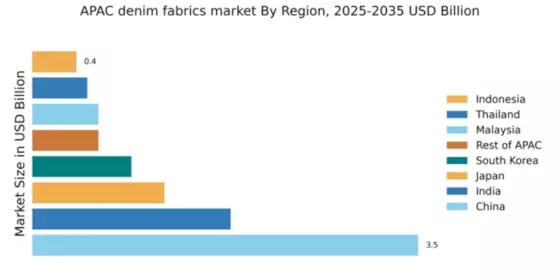


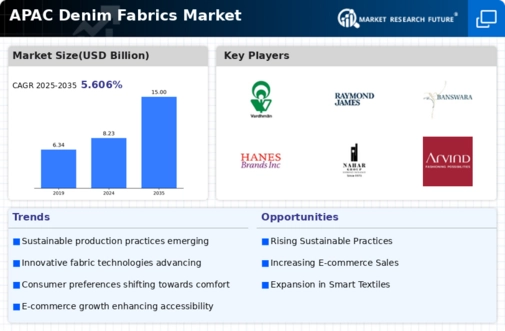

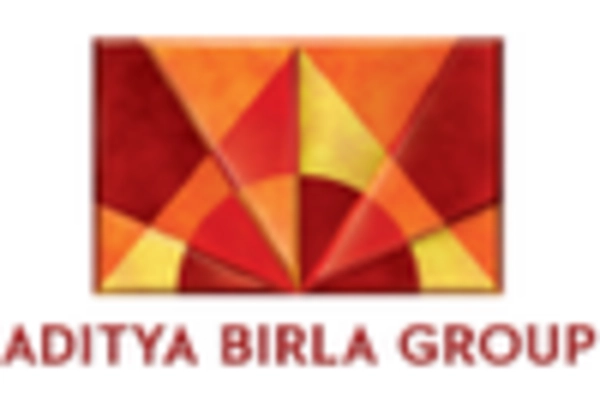
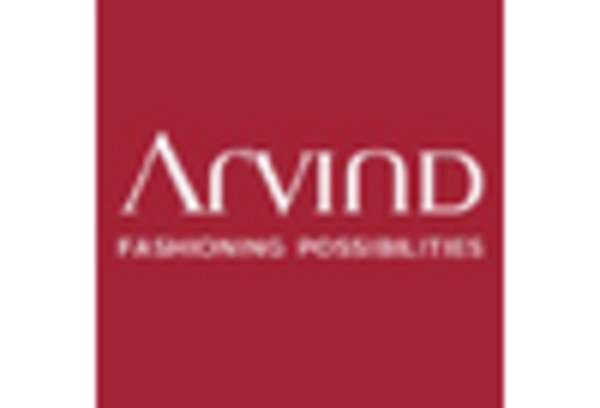
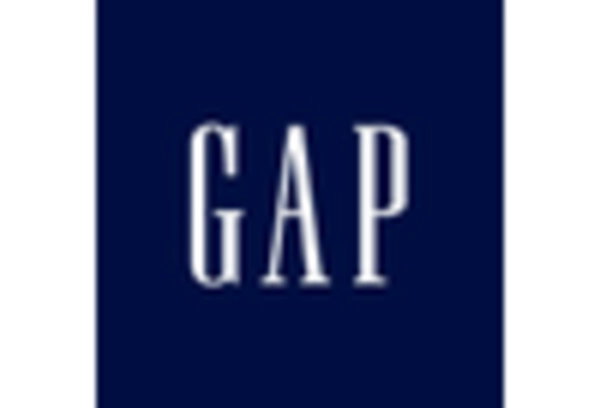

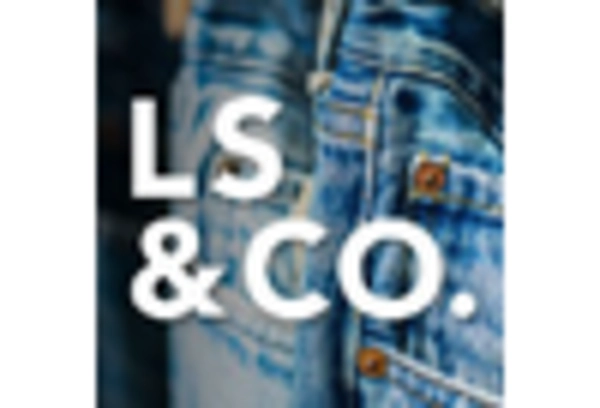
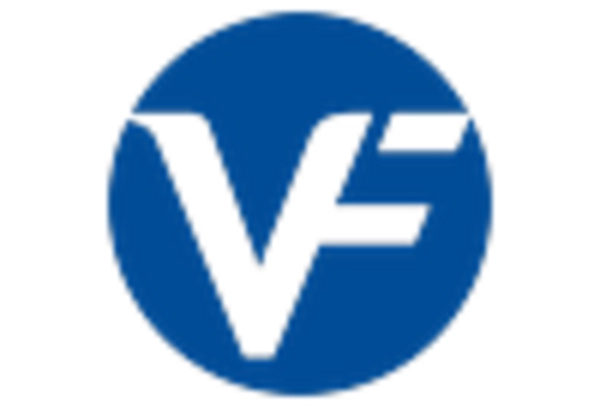








Leave a Comment